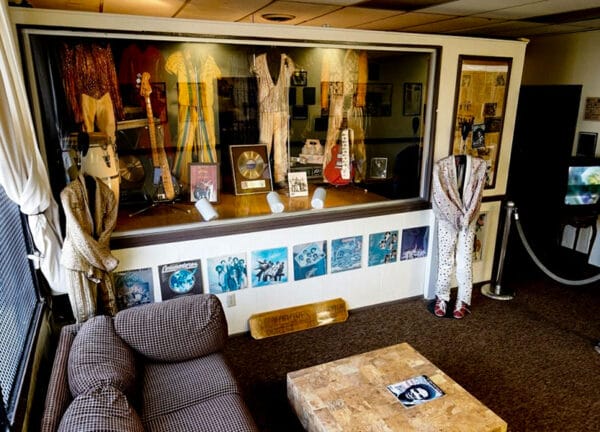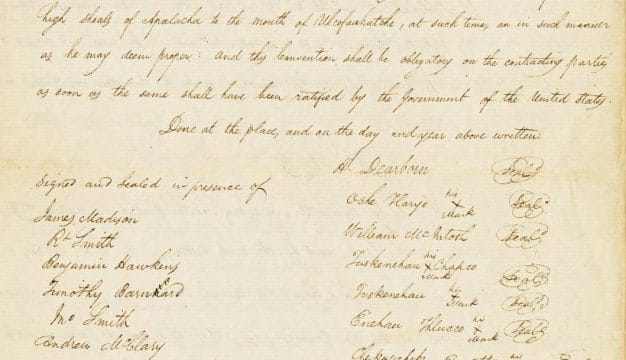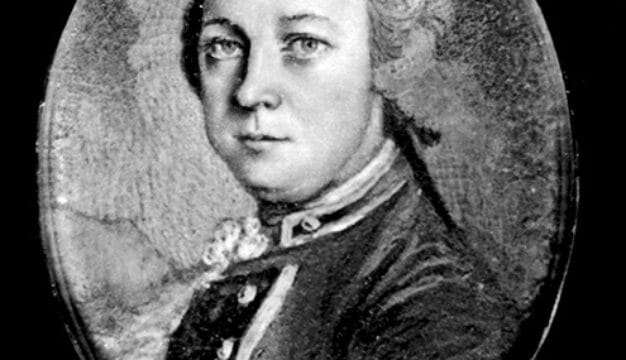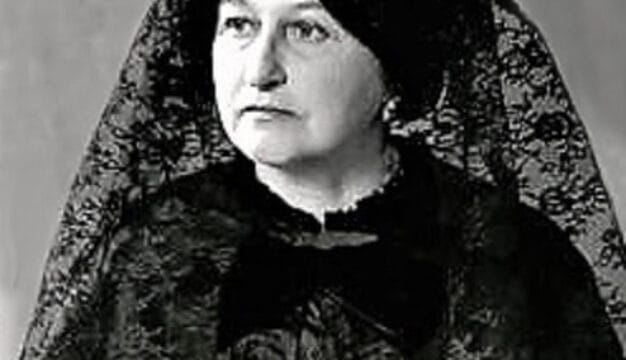Commodores Museum
 Commodores Museum
The Commodores Museum in Tuskegee, Macon County, is the only museum in the United States dedicated to commemorating the musical career of the world-renowned R&B and funk/pop group. Founded in 2015, the museum is housed in the building that served as both the rehearsal and recording studio for the Commodores for much of their career until the 1980s. Currently, the museum is directed by the band’s former bodyguard, Johnny Bailey, who conceived of and developed the facility and acquired the building and its artifacts. The museum stands as the flagship for revitalization efforts on the east side of the city of Tuskegee.
Commodores Museum
The Commodores Museum in Tuskegee, Macon County, is the only museum in the United States dedicated to commemorating the musical career of the world-renowned R&B and funk/pop group. Founded in 2015, the museum is housed in the building that served as both the rehearsal and recording studio for the Commodores for much of their career until the 1980s. Currently, the museum is directed by the band’s former bodyguard, Johnny Bailey, who conceived of and developed the facility and acquired the building and its artifacts. The museum stands as the flagship for revitalization efforts on the east side of the city of Tuskegee.
The Commodores was founded in Tuskegee in 1968 by six freshmen at Tuskegee Institute (present-day Tuskegee University). The original members included Lionel Richie, Thomas McClary, William King, Andre Callahan, Michael Gilbert, and Milan Williams. The group initially performed around Tuskegee but soon became so popular that they were invited to open for the Jackson 5 on tour in 1971. This increased notoriety landed them a contract with Motown Records the following year. Over the next decade, the Commodores produced many top hits, including “Easy,” “Three Times a Lady,” and “Nightshift,” as well as the funky dance hits “Brick House,” “Fancy Dancer,” “Lady (You Bring Me Up),” and “Too Hot ta Trot.”
Formerly the headquarters of a local construction company, the building that became their studio changed hands on at least two occasions before the Commodores acquired it after their initial success at Motown. For most of the 1970s and 1980s, the Commodores rehearsed at this studio in downtown Tuskegee. It would be the only piece of property that the early members of the band owned together. The band chose to rehearse and record at the studio in Tuskegee, instead of using Motown’s studios, because it was much more economical. The Commodores would record their records in Tuskegee and then take the recordings to Motown to have the music mixed. For approximately six months out of a given year, they would record and rehearse for future tours in their Tuskegee studio.
 Johnny Bailey
In 1982, lead singer Lionel Richie left the band to pursue a solo career. Afterwards, the Commodores abandoned the studio as well as thousands of dollars of recording equipment and memorabilia, including costumes, performance gear and instruments, and various other artifacts. The building sat in disrepair until 2000, when the band’s former bodyguard, Johnny Bailey, discovered that it was for sale. After convincing his mother and an associate to purchase the property, Bailey set about repurposing the former recording studio into a museum dedicated to the career of the Commodores into the present day. On May 22, 2015, the Commodores Museum officially opened.
Johnny Bailey
In 1982, lead singer Lionel Richie left the band to pursue a solo career. Afterwards, the Commodores abandoned the studio as well as thousands of dollars of recording equipment and memorabilia, including costumes, performance gear and instruments, and various other artifacts. The building sat in disrepair until 2000, when the band’s former bodyguard, Johnny Bailey, discovered that it was for sale. After convincing his mother and an associate to purchase the property, Bailey set about repurposing the former recording studio into a museum dedicated to the career of the Commodores into the present day. On May 22, 2015, the Commodores Museum officially opened.
The Commodores Museum currently houses a collection of memorabilia and artifacts ranging from equipment, clothing, travel itineraries, rooming lists, and instruments. The recording and rehearsal studio in the back of the building has been left relatively untouched, looking much the way that it did in the early 1980s. The Pit is the most famous of the rooms in the former studio as it was the location where the band’s songs were chosen. There is a gift shop as well where visitors may purchase souvenirs.
The museum is located at 208 E. Martin Luther King Highway in Tuskegee. It is open Sunday and Monday by appointment only and Tuesday through Saturday from 10:00 a.m. to 6:00 p.m. There is an admission charge.



